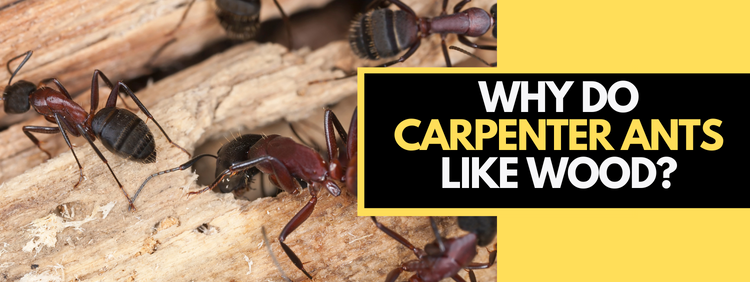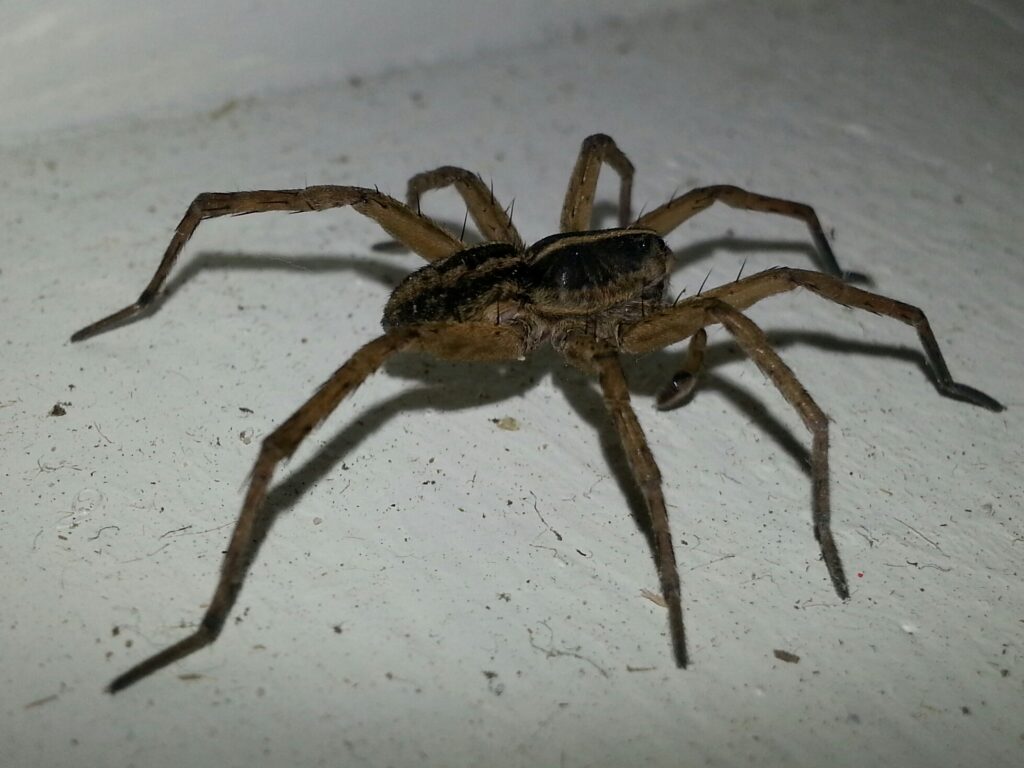 Carpenter ants get their name from the fact that they make nests in wood. Carpenter ant pest control is necessary when you have an infestation in your house to prevent further damage. Therefore, it is important to be alert to the signs of possible infestation. It also helps to understand what draws carpenter ants to wood in the first place.
Carpenter ants get their name from the fact that they make nests in wood. Carpenter ant pest control is necessary when you have an infestation in your house to prevent further damage. Therefore, it is important to be alert to the signs of possible infestation. It also helps to understand what draws carpenter ants to wood in the first place.
 Carpenter ants get their name from the fact that they make nests in wood. Carpenter ant pest control is necessary when you have an infestation in your house to prevent further damage. Therefore, it is important to be alert to the signs of possible infestation. It also helps to understand what draws carpenter ants to wood in the first place.
Carpenter ants get their name from the fact that they make nests in wood. Carpenter ant pest control is necessary when you have an infestation in your house to prevent further damage. Therefore, it is important to be alert to the signs of possible infestation. It also helps to understand what draws carpenter ants to wood in the first place.

